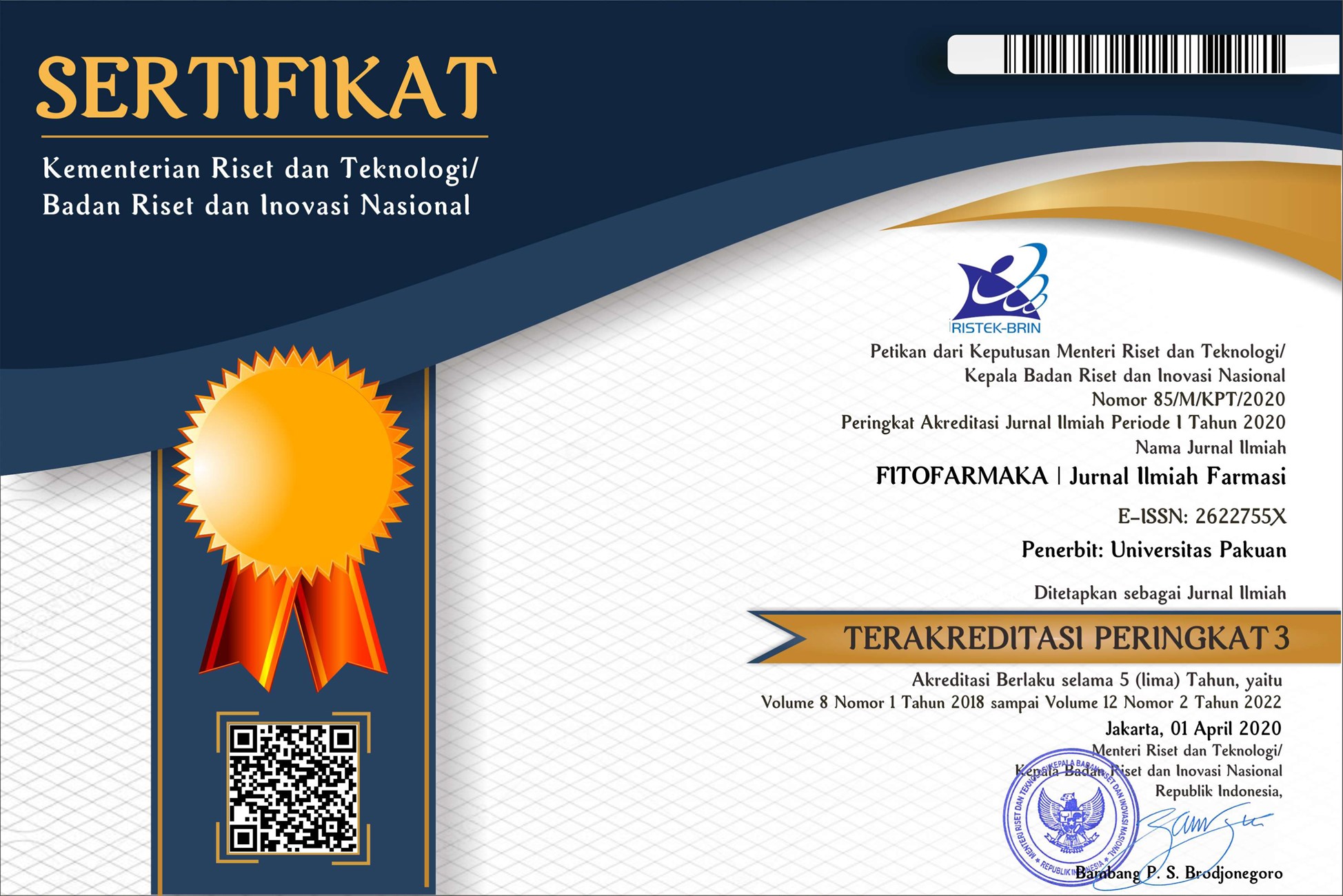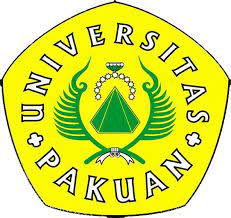PEER REVIEW PROCESS
PEER REVIEW PROCESS
Fitofarmaka: Jurnal Ilmiah Farmasi applies a double-blind review system in which the author and reviewers do not recognise each other, and their identity is maintained to be confidential. Reviewers are obliged to declare when they found that the article that they are assigned might have any potential conflict of interest. We attempt to complete the article review and processing in 4-12 weeks after submission. The submitted articles will undergo screening and review processes below:
- Author’s submission (letter of submission to be issued)
- Technical check by administrator (i.e., supporting document completeness)
- The submitted manuscripts must fulfill scientific merit or novelty appropriate to the focus and scope of this journal. (Focus and Scope)
- Writing style, formatting style such as the title, authors, affiliations, keywords, main text, all tables and figures, and citation style (Author Guideline)
- For checking Plagiarism, Fitofarmaka : Jurnal Ilmiah Farmasi Editorial Board will screen plagiarism using Antiplagiarism Premium Software minimum 80%. If it is found plagiarism indication, editorial board will reject manuscript immediately (letter of permanent rejection to be issued).
- Editorial consideration after the technical check (i.e., writing style, formatting style, referencing, topic appropriateness, plagiarism check), decision:
- Pass/Appropriate, then go to step 4
- Fail/Inappropriate, then REJECTED, to be revised and re-submit (letter of rejection including revision suggestions to be issued) OR final rejection (letter of permanent rejection to be issued)
- First Round Peer Review, double-blind (i.e., the appointment of two reviewers by the section editor, review process and results in the levels of criteria). Peer review results:
- Both reviewers recommend for rejection (level 5), then go to step 5a
- Both reviewers recommend for acceptance with major (level 4) or minor (level 3) revision, then go to step 5b
- Both reviewers recommend for acceptance with revision by editors (level 2) or without revision (level 1), then go to step 5c
- Conflicting recommendations, one reviewer suggests for level 3-4 acceptance, and the other suggests for level 1-2 acceptance, then go to step 5d
- Conflicting recommendations, one reviewer suggests for rejection (level 5), and the other suggests for acceptance (level 1-4), then go to step 5e
- Editorial consideration after review, decision:
- Submission is rejected (letter of permanent rejection to be issued, including reviewers’ and editor’s suggestions)
- Submission is sent back to the author (letter of revision request to be issued, including reviewers’ and editor’s suggestions)
- Submission is accepted for publication (letter of acceptance to be issued, the corresponding author to fulfil all administrative requirements), then go to step 7
- Editorial board’s discretion and decision to be sent back to the author (letter of revision request to be issued, including reviewers’ and editor’s suggestions) OR to be accepted for publication (letter of acceptance to be issued, corresponding author to fulfil all administrative requirements), then go to step 7
- Editorial board’s discretion and decision à to be assigned to a third reviewer (go to step 6) OR to be sent back to the author for revision with editor’s suggestion (letter of revision request to be issued, including reviewers’ and editor’s suggestions)
- Second Round Peer Review, by a third reviewer, results:
- A third reviewer recommends for rejection (level 5), then go to step 5a
- A third reviewer recommends for acceptance (level 1-4), then go to step 5c
- Lay-outing by the editorial team
- Proofreading by the corresponding author
- Article final lay-outing and finalisation
- Article to be published















